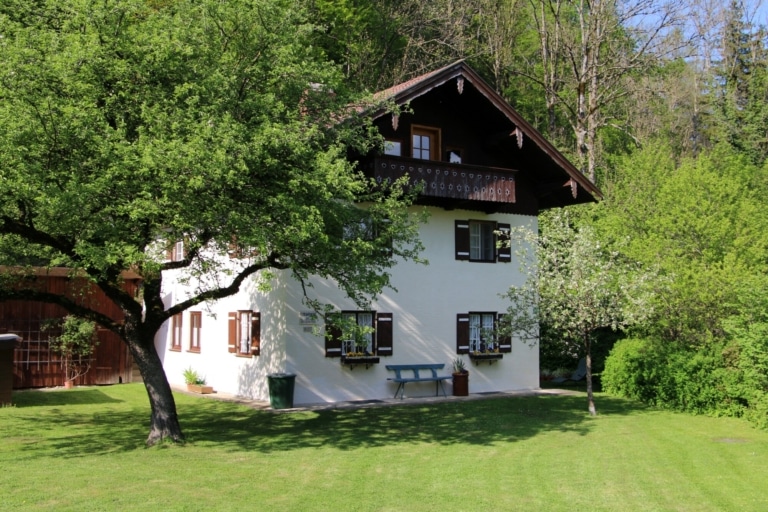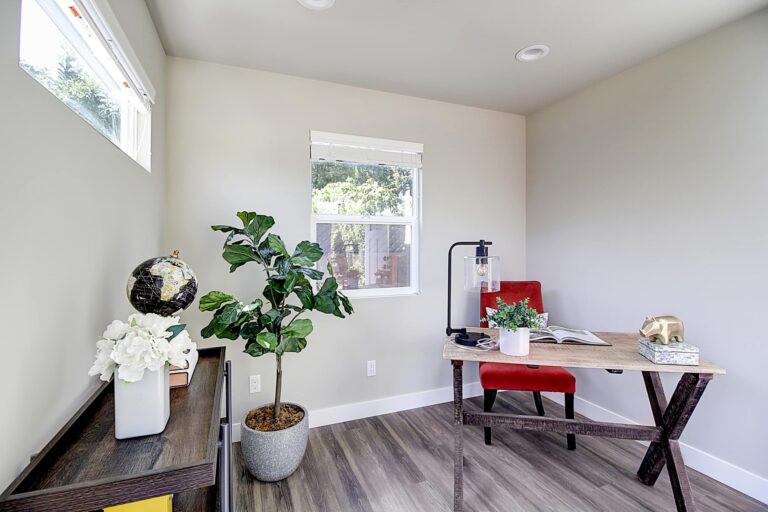Solve the Dilemma of Buying a Move-In Ready Home or a Fixer Upper Pros vs. Cons
When you begin your search for a new home, there is a lot to consider, including where you want to live, how much you can afford, and how much work you want to put into it. And, there is also the important need to assess a new home based on your current and future lifestyle needs.
As you begin your search, know your list of “must haves”. How many bedrooms do you need? How long will you live in the home? Is there room on the property to add additional square footage? Do you imagine yourself in a brand new home, or one with old world charm that you can make your own?
And, when you’re comparing a new home purchase to a fixer-upper, consider these pros and cons:
Fixer-Upper Pros:
Designed Just Right
A key advantage of buying a fixer-upper is being able to design the house exactly the way you want it, fit to your budget.
Priced Just Right
It goes without saying…a fixer-upper is going to be less expensive than a move-in ready home, period.
Valued Just Right
Not only are your property taxes going to be less (associated with the home’s sales price), but any money you put into remodeling your fixer-upper will likely add future value to your home – something to consider especially if you’re planning to sell again in the close future.
Fixer Upper Cons:
Unexpected Surprises
For homes that are in a serious need of repair, and even those that are not, there can be hidden surprises behind the walls (e.g., mold, faulty wiring or plumbing, poor construction, etc.), when you start the renovation process. Be prepared to set aside 10% of your budget to plan for these unexpected surprises.
More Work
There will definitely be more work involved in renovating a fixer-upper, compared to buying a move-in ready home. However, by working with a design/build remodeling firm, you can minimize your own involvement. A design/build firm will manage your project for you, guiding you through the design and construction process and keep your project on time and budget.
More Time
Unlike a move-in ready home, it will take a little more time to remodel a fixer-upper before it too is move-in ready. Plan for any significant remodel to take a minimum of three to six months.
Move-in Ready Pros:
No Hassles, Mess or Mysteries
Move-in ready homes let you start enjoying your new home as soon as you get the keys. All the work has been done already, so there is little to no work required when you start moving in your furniture.
New Design
Many move-in ready homes have been updated with today’s latest design trends and equipped with the latest technology. As such, they will likely feature an open floor plan, walk-in closets, hardwood flooring, latest appliances, etc. New homes may also come with a robust wireless network for mobile device connectivity, integrated stereo systems, and even a home security system.
Move-in Ready Cons:
Expensive
Move-in ready homes are almost always more expensive than fixer-uppers. You’re essentially paying a premium for someone else’s handiwork.
Design Concessions
A new home is designed by someone else, which means it likely will not fit your lifestyle needs or personal design preferences exactly. You might need to live with some features as is unless you are prepared to pay additional remodeling costs to customize the home as you wish.
So, should you buy a fixer-upper or a home that is ready to move-in?
Reasons to move:
- You desire a different location, e.g., neighborhood, close proximity to work, etc.
- You want a better school for your children
- You don’t like the size of your home or yard
- Adding improvements to your home will exceed the value of your home compared to the rest of the neighborhood
Reasons to remodel:
- You love your location, neighborhood and school district
- Homes in your neighborhood are larger and nicer than yours
- You like the bone structure of your house; you like its unique floor plan
- You can’t find another home that suites your exact needs
Before you make any decision, consider these helpful tips:
- Spend a couple of hours just being in the home you’re considering. Visualize the living in the space. Move around in it as if you’ve waken up there in the morning, coming home from work in the evening or starting your weekend. Physically place yourself in each room and imagine how you will use the space. How does the space work for you?
- Take a note pad with you. List what you like about the home. Make a list of things you would change. Identify your “must have” items.
- Are you buying for the long-term? If so, what will need to be done to the house so that you can live in it and feel good about coming home each day?
- Be prepared for the remodeling of your new fixer-upper to take longer than you want and cost more than you expect.
- For peace of mind, starting interviewing a remodeling firm that will do the structural design, the interior design, engineering, permitting and building.
- Be prepared to pay for an initial design consultation, detailing what is possible from a building and a schedule standpoint and what is practical before it’s too late to get out of escrow.
- Once you are sure escrow will close, hire your design/development team, and start the design process.
As you look to purchase either a move-in ready home or fixer-upper, there are plenty of pros and cons. What decision feels right for you?
For expert advice contact Acton ADU.



